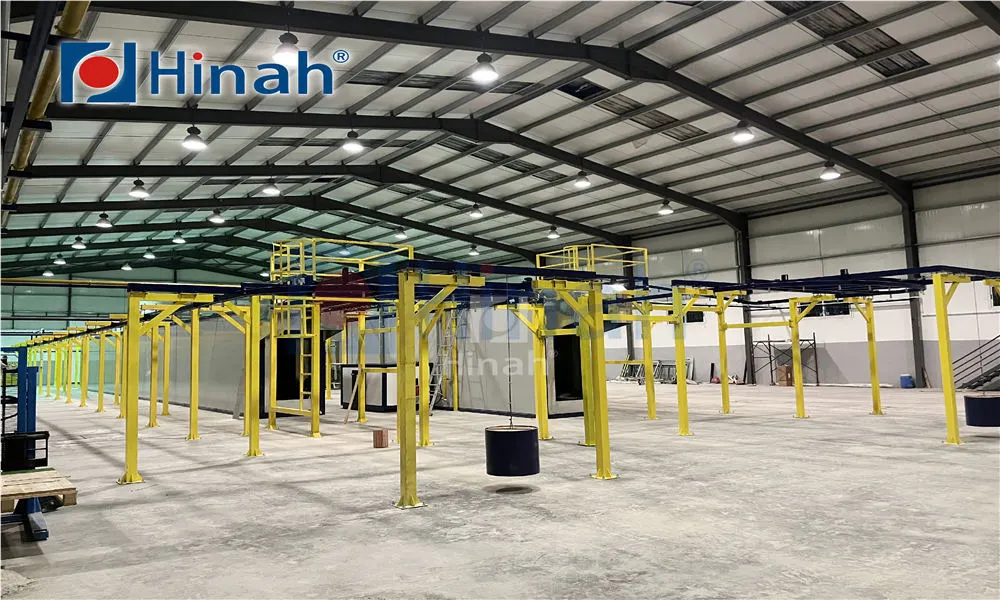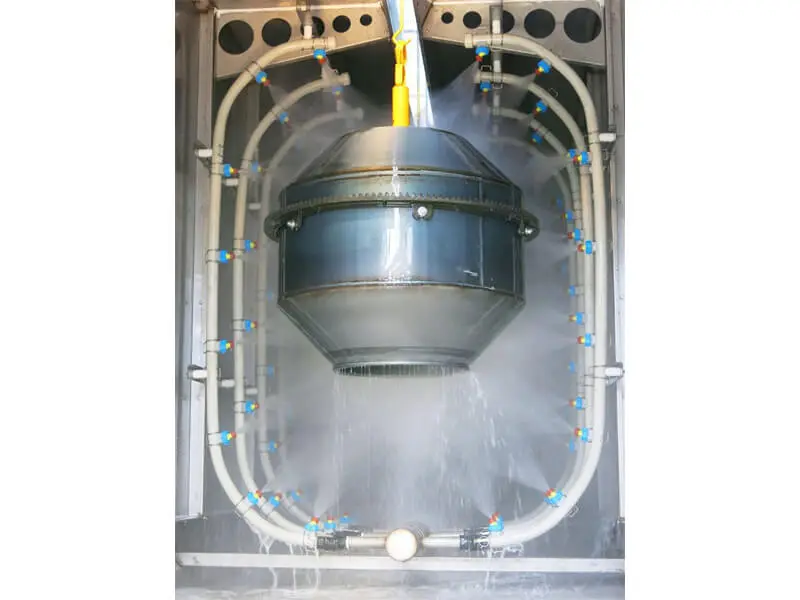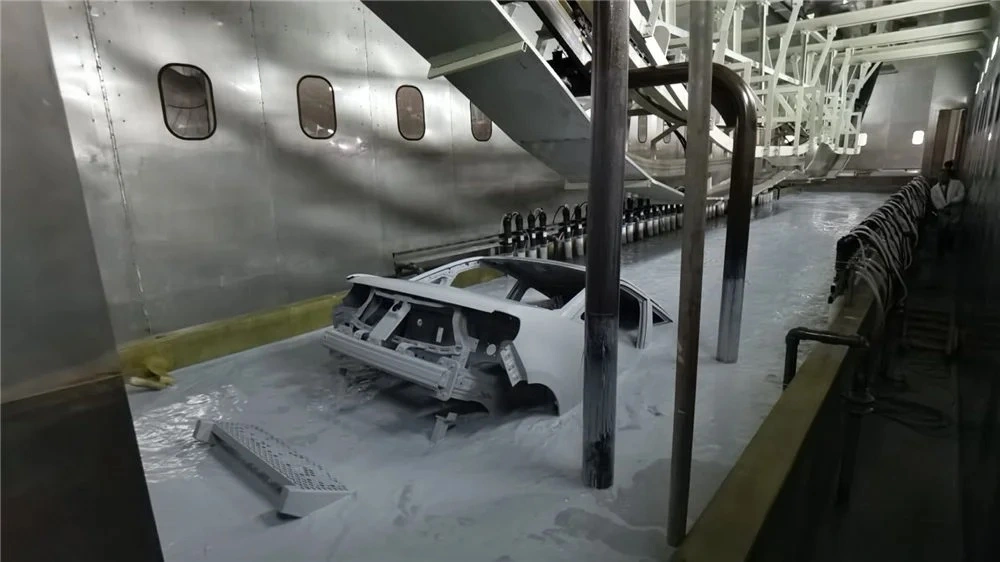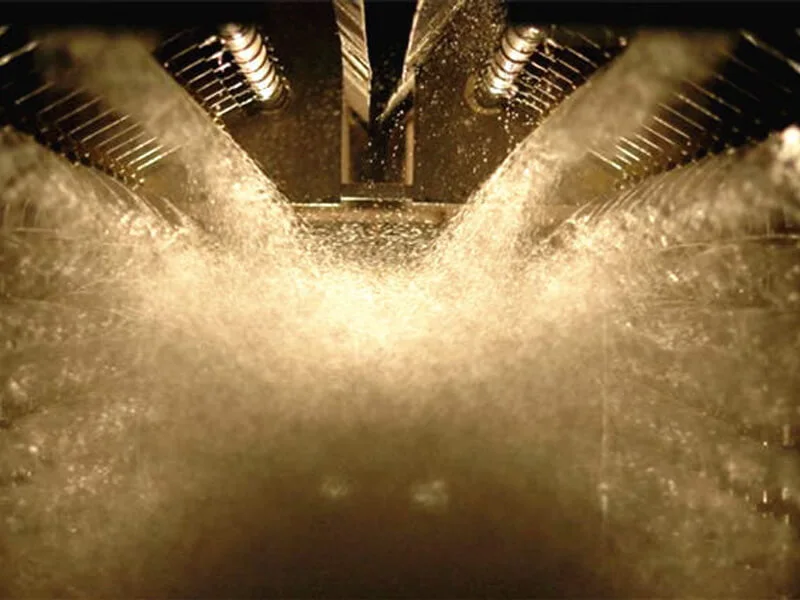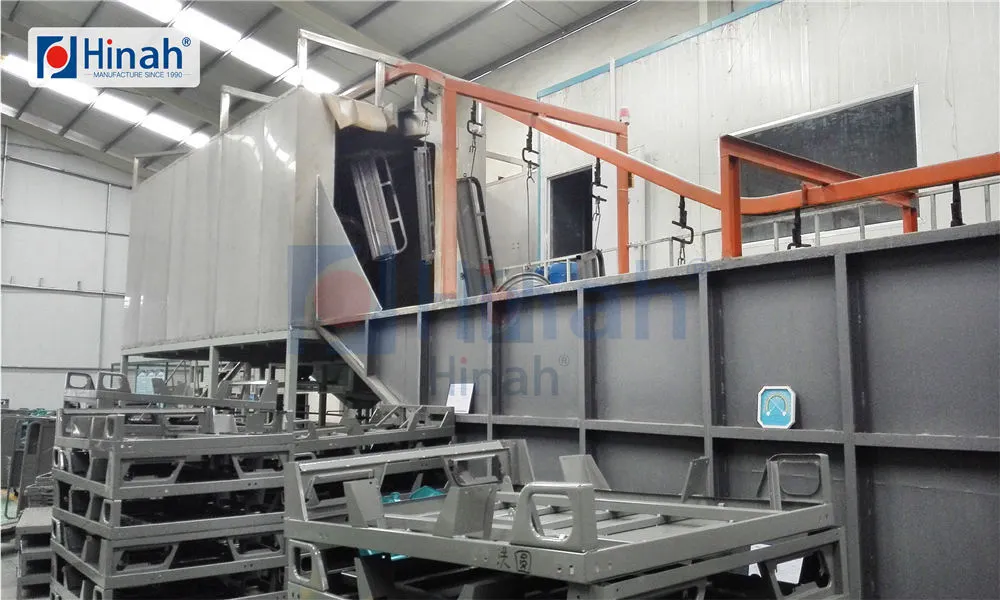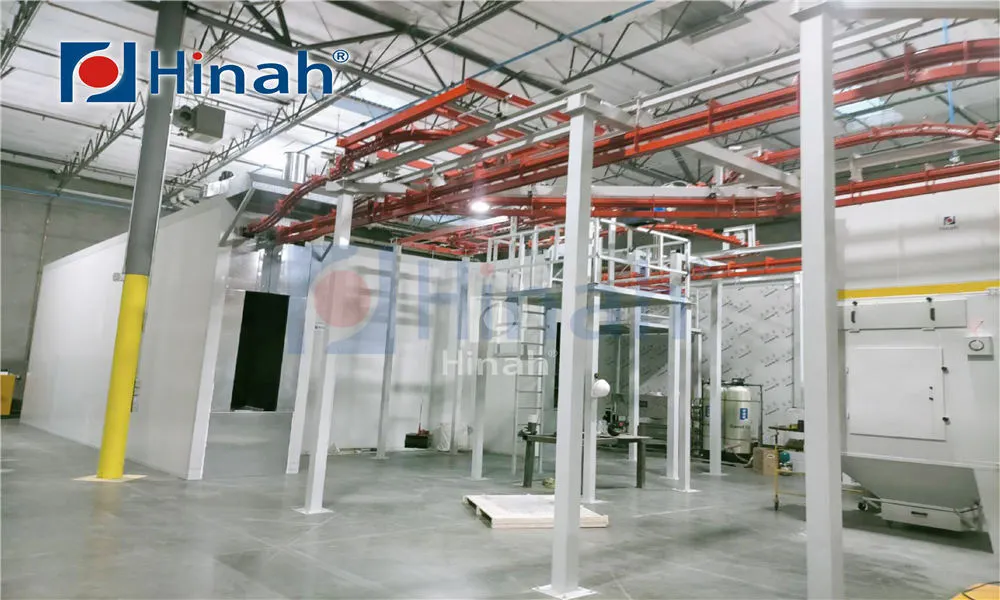In the world of industrial finishing, the paint baking oven is an indispensable piece of equipment. It's the final, crucial step that transforms a wet, fragile coating into a durable, high-performance finish. Whether in an automotive assembly line, a metal fabrication shop, or a custom coating operation, these ovens provide the controlled heat necessary for curing paints and powder coatings. This comprehensive guide delves deep into the universe of industrial curing ovens, exploring specific types like the paint shop baking oven, key components such as the paint oven hood, and the intricacies of a powder coating oven build. We will also illuminate the common challenges operators face and how to solve them, ensuring your finishing process is both efficient and effective.
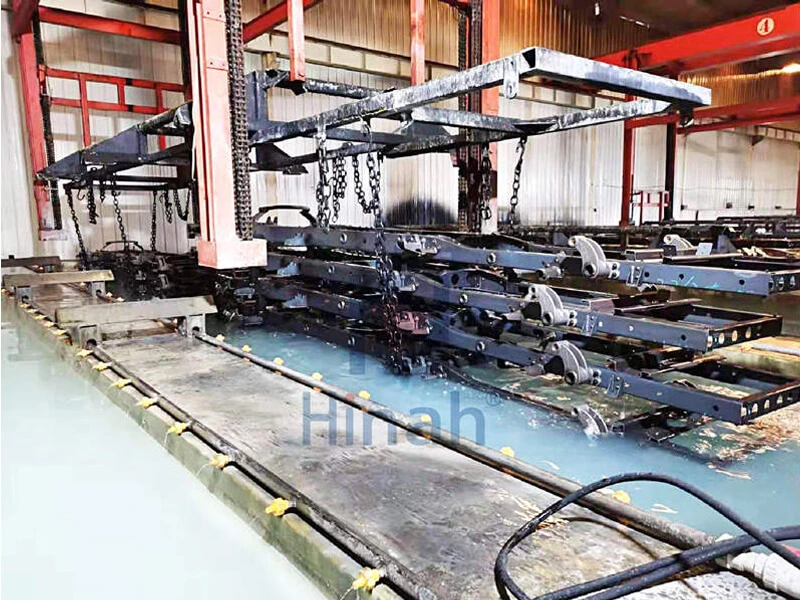
What is a Paint Baking Oven?
A paint baking oven, also commonly referred to as a cure oven or drying oven, is a thermally insulated chamber used to raise the temperature of a coated part to a specific point for a predetermined amount of time. This process, known as curing or stoving, initiates a chemical crosslinking reaction within the coating. For solvent-based paints, it also accelerates the evaporation of carriers and solvents. The result is a finish that is fully hardened, achieving its intended properties of hardness, adhesion, corrosion resistance, and aesthetic appeal.
The fundamental principle is simple: apply controlled heat. However, the execution varies greatly depending on the application, scale, and type of coating used. The efficiency and effectiveness of a paint baking oven directly impact product quality, production throughput, and operational costs.
Types of Industrial Curing Ovens: Paint Shop Baking Oven and Beyond
Not all curing ovens are created equal. The design and operation of a oven are tailored to its specific role within a production line. The term paint shop baking oven often denotes a larger, integrated system typically found in high-volume environments.
Batch Ovens
Batch ovens are perfect for low-to-medium volume production or for curing large, individual items. Parts are loaded into the oven on racks or carts, the door is closed, and a curing cycle is initiated. Once the cycle is complete, the oven is unloaded.
Advantages: Flexibility (can cure different products with different cure schedules), lower initial cost for smaller operations, and simple operation.
Disadvantages: Lower throughput, higher manual labor requirement, and less energy-efficient for continuous production.
Common Uses: Custom automotive shops, job shops, prototyping, and manufacturing large, irregularly shaped parts.
Conveyorized Ovens
When we think of a modern paint shop baking oven, we are often picturing a conveyorized system. These are designed for continuous, high-volume production. Parts are loaded onto a conveyor system (overhead, belt, or monorail) that moves them through the oven at a controlled speed.
Advantages: High throughput, automated process, consistent curing times, and excellent energy efficiency for continuous operation.
Disadvantages: High initial investment, inflexible cure schedules for mixed products, and requires significant floor space.
Common Uses: Automotive assembly plants, appliance manufacturing, and high-volume powder coating operations.
Infrared (IR) Ovens
IR ovens use electromagnetic radiation to directly heat the part and the coating, rather than heating the air. They are known for their incredibly fast ramp-up times.
Advantages: Very fast curing times (seconds to minutes), energy-efficient as they heat the product not the air, and compact size.
Disadvantages: Risk of uneven curing on complex shapes (shadows can prevent curing), requires precise control to avoid burning.
Common Uses: Curing flat sheets, simple metal parts, and as a booster oven in conjunction with a conventional convection oven.
Key Components of a Paint Baking Oven System
A reliable paint baking oven is more than just an insulated box. It's a system of integrated components working in harmony.
The Oven Structure and Insulation
The cabinet or structure is typically made from aluminum or galvanized steel panels with high-density mineral wool insulation. This ensures high thermal efficiency, containing heat within the chamber and reducing energy consumption while maintaining safe external temperatures.
The Critical Paint Oven Hood
The paint oven hood, or exhaust stack, is a non-negotiable safety and performance feature, especially for solvent-based coatings. During the curing process, solvents and Volatile Organic Compounds (VOCs) are released into the air. The paint oven hood system uses a powerful fan to create negative pressure within the oven, pulling these combustible fumes safely out of the chamber.
This exhaust is then typically directed to a thermal oxidizer or other air pollution control system where the VOCs are destroyed at high temperatures before being released into the atmosphere. A properly designed paint oven hood is critical for:
Safety: Preventing the buildup of explosive solvent-laden air.
Compliance: Meeting stringent environmental regulations on VOC emissions.
Quality: Removing fumes that could otherwise condense on cooler parts of the oven and drip onto finished products, causing contamination.
Heating System
Heat can be generated by natural gas, propane, electricity, or steam. Gas burners are common for large industrial ovens due to their lower operational cost. Electric elements are clean and precise, often used in smaller ovens or where gas is not available. The heat is distributed by a high-volume fan system to ensure even air flow and consistent temperature across the entire work zone—a concept known as uniformity.
Control System
Modern ovens are governed by sophisticated Programmable Logic Controllers (PLCs) and touch-screen interfaces. They allow operators to set and monitor precise temperature profiles, track conveyor speeds, and automate entire curing cycles. Data logging features are essential for quality control, providing a record that each part was cured to specification.
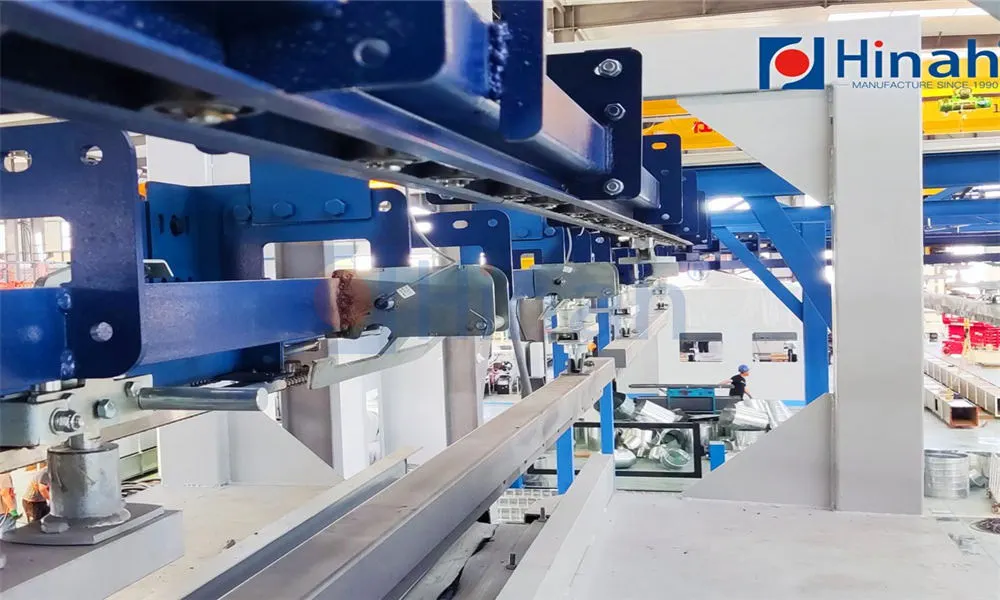
Planning a Successful Powder Coating Oven Build
The process of a powder coating oven build has specific considerations distinct from wet paint ovens. Since powder coating is a 100% solid process, there are no solvents to evaporate. This eliminates the need for the massive VOC exhaust required by a wet paint shop baking oven. However, the curing process is just as critical.
Key Considerations for a Powder Coating Oven Build
Cure Profile: The most important factor is understanding the exact cure profile of the powder being used. This includes the required Metal Temperature (PMT), which is the temperature the part itself must reach, and the time it must be held at that temperature. The oven must be designed to achieve this profile for your largest, heaviest part.
Air Flow and Design: Even, turbulent air flow is paramount to prevent hot and cold spots. For a powder paint baking oven, engineers design plenums and baffles to ensure air is directed uniformly across all parts on the conveyor.
Energy Source: Gas is often the most cost-effective choice for large powder coating oven build projects due to the high energy demands of curing. Electric may be suitable for smaller batch ovens.
Safety: While VOC concerns are minimized, powder overspray that enters the oven can, over time, accumulate and present a fire hazard. Good oven design includes features to minimize this risk and easy access for cleaning.
Integration: The oven must be seamlessly integrated with the upstream powder application booth and the downstream cooling section. Part spacing on the conveyor must account for the required heat circulation.
Common Problems with Paint Baking Ovens and How to Solve Them
Even the best-designed systems can encounter issues. Here are the most frequent problems plaguing paint baking oven operations.
1. Temperature Uniformity Issues
Problem: Parts cure inconsistently. Some are under-cured (soft, sticky finish) while others are over-cured (brittle, discolored finish). This is often due to hot and cold spots within the oven.
Causes: Improperly balanced air flow, failing fans, blocked air ducts, overloading the oven, or incorrect conveyor speed.
Solutions: Regularly calibrate temperature sensors. Perform uniformity surveys with multiple dataloggers to map the oven's temperature profile. Ensure fans are operating at correct RPMs and that filters or ducts are not clogged.
2. Contamination of the Finish
Problem: Dirt, dust, or oily droplets are embedded in the cured finish, ruining its appearance.
Causes: For wet paint systems, a malfunctioning paint oven hood can allow vapors to condense on the ceiling and drip onto parts. Dirty air intake filters can pull contaminants into the oven. Buildup of powder overspray or dirt inside the oven can break loose and land on parts.
Solutions: Ensure the exhaust fan in the paint oven hood is providing adequate negative pressure. Implement a regular and thorough oven cleaning schedule. Check and replace intake air filters frequently.
3. Inadequate Curing
Problem: The coating does not achieve its full properties—it remains soft, has poor adhesion, or lacks chemical resistance.
Causes: The oven temperature is too low, the cure time is too short, or the part is too massive to reach the required PMT in the allotted time.
Solutions: Verify oven temperature calibration. Use a temperature datalogger attached to a part to measure the actual PMT achieved during the cycle. Adjust conveyor speed or oven temperature settings accordingly. For heavy parts, pre-heating may be necessary.
4. High Energy Consumption
Problem: Operating costs are unexpectedly high.
Causes: Poor insulation, air leaks around doors and seams, running the oven when not in production, or an inefficient burner system.
Solutions: Repair damaged insulation and door seals. Install automatic doors to minimize heat loss. Consider upgrading to a high-efficiency burner. For batch ovens, implement a schedule to avoid idle operation.
5. VOC and Environmental Compliance Issues
Problem: The oven system fails to meet environmental regulations for VOC emissions.
Causes: An undersized or malfunctioning paint oven hood and exhaust system. Failure of the downstream thermal oxidizer. Using a coating with a higher VOC content than anticipated.
Solutions: Regularly maintain and service the exhaust fan and oxidation system. Ensure the oven's negative pressure is sufficient. Re-evaluate the coating process and materials to ensure they align with the system's design capabilities.
The paint baking oven is the heart of a successful finishing line, finalizing the quality and durability of the product. Understanding the different types, from a compact batch oven to a massive paint shop baking oven, is the first step to selecting the right equipment. Recognizing the vital role of components like the paint oven hood for safety and compliance, and carefully planning a powder coating oven build for specific needs, are crucial for long-term success. By being aware of common problems like temperature inconsistency, contamination, and under-curing, operators can implement proactive maintenance and operational practices to ensure their paint baking oven continues to produce flawless results year after year, maximizing efficiency and protecting their investment.


